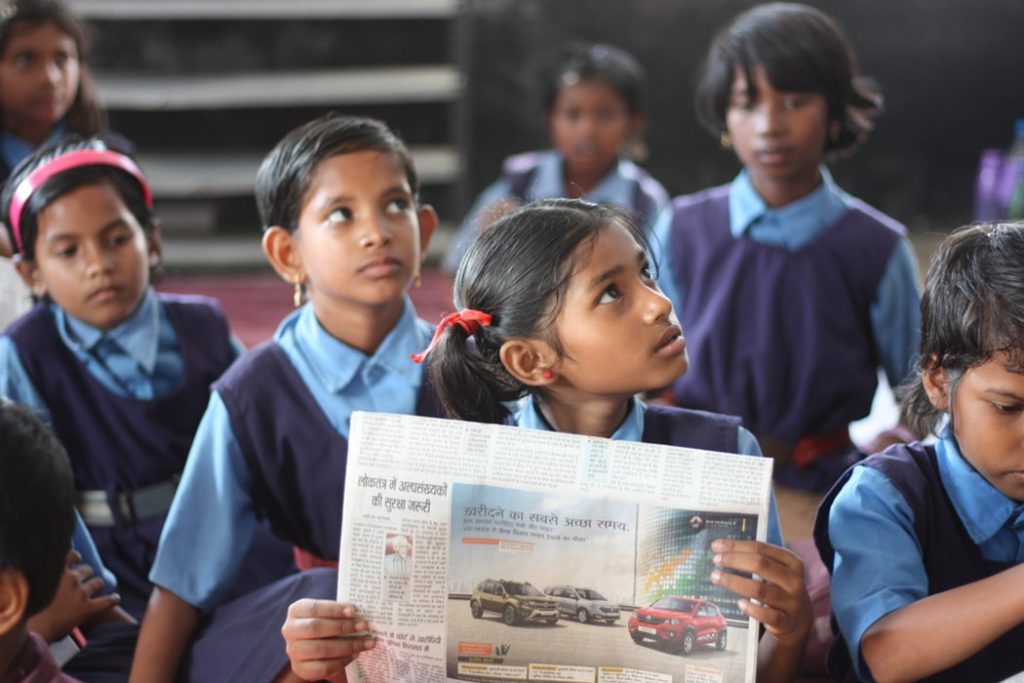With the understanding that the economy is under the grip of a severe slowdown is dawning in, the debate has begun on whether the slump is structural or cyclical. Blaming the slowdown on global economic conditions sounds like a well-rehearsed argument. India needs to outperform itself quarter after quarter if it were to meet the aspirations of its 130-crore population. This can be achieved only through a combination of top down and bottom up approaches.
Learning from the past
The Narendra Modi government should take inspiration from the many successes in India’s history. The country had huge success in reducing poverty and hunger through a series of initiatives such as the Green Revolution and Operation Flood. India eradicated dreaded diseased like malaria, small pox and polio. Apart from these well documented countrywide successes, there are several areas in which individual states have recorded astounding victories such as the cooperative movement in Gujarat, industrial expansion in Tamil Nadu and health & education infrastructure in Kerala. The government must take lessons from these victories as well as its many failures to challenge itself and achieve sustainable high growth rates. There is no room for the country to become complacent and fritter away the achievements.
READ: Explained: Arvind Subramanian’s statement on great slowdown in Indian economy
The holistic approach
India has a multitude of social protection and income support schemes. For example, India has eight social protection schemes and 18 others for farm credit, entrepreneurship grants, interest subsidies, and technical training catering to the three fourths of its population living in rural areas. These schemes are crucial for triggering growth in rural areas. But there is a need to focus on better management and delivery of resources. The benefits are of two types — one given to individuals or households and the other to the community in terms of infrastructure and access. The list of benefits looks exhaustive —there are schemes for housing, toilets, drinking water, gas connection, education, mid-day meal, scholarships, skilling, credit to enhance livelihood opportunities and so on.
READ: Do your bit to boost GDP growth, RBI signals to govt, industry
The challenge of translating macro planning into implementation at micro level. A surefire solution to the challenge is a common household database of individuals with all major parameters such as age, caste, bank account, poverty (BPL) status, marital status, number of family members, mechanism to update birth, death, split in family, migration etc., and changes due to marriage, nearest financial institution, pension/scholarships status, credit data and preventive and curative healthcare can be updated. This will help the government transform the system from a welfare-based one to an entitlement-based one. Targeting will help it address potential distress better and trigger virtuous circle to escape the poverty trap.
The generic discussions need to turn specific based on household data available with MGNREGA, Socio Economic Caste Census and NPR (census survey). The Madhya Pradesh government has achieved great success in this regard through SAMAGRA, which has been adapted in Rajasthan, Telangana, Andhra Pradesh and Tamil Nadu. This has helped these states create a common household data needed for improving basic infrastructure in terms of access by road, access to financial institutions, and improving livelihood opportunities, triggering a sustainable transformation in rural areas. Once the infrastructure is laid for a rural transformation, investors could target value addition in farm produce — making pulps of vegetables, multi-seed extraction, menthol from mint leaves and fruit pulps – to generate local jobs and enhance income levels.
The holistic approach to the rural economy will trigger demand answer the sceptics who question the efficacy of decentralized economy. Instead of debating the origins of slowdown, policy makers can move on to a new system that will deliver better results.
The new system will need two basic changes:
- Creation of a common household database to ensure that ‘no one is left behind’. This will enable to accurate targeting of basic necessities to improve living standards in terms of housing, sanitation, road access, drainage, piped drinking water, education, scholarship, financial inclusion, connectivity and opportunities.
- Creation of livelihood opportunity by optimizing output through drip irrigation, sustainable technologies, local value addition, skilling and monitoring employability.

